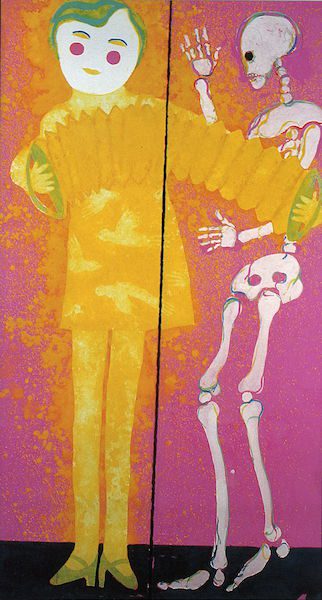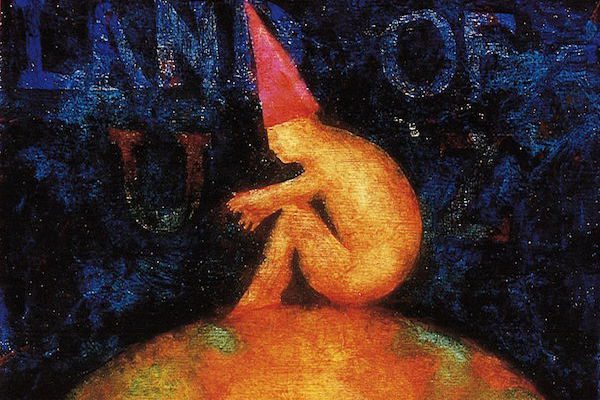
DELOSS MCGRAW: THE CIRCUS LOOSLEY
April 29–June 17, 2001
Curated by Skip Pahl, Peggy Jacobs
Picture a circus! The tent, lights, animals, acrobats, dust, color, music, clowns, cacophony, twenty things going on at once. Think also of this as a microcosm of democracy, where diversity is not merely tolerated, it is celebrated! - where dwarfs, giants, old, young, jugglers, clowns, elephants and acrobats fit right in. Everyone becomes part of the circus family.
Deloss McGraw distills these images for us. Circus becomes a metaphor for the world. He presents the contrasts: light/dark, big/little, delight/fear, happy/sad, innocent/depraved.
As in all of McGraw's work, however, there is much more going on than just the surface images. As always, he is making connections between other disciplines: with literature, with drama, with music. This time the connections are with Bertolt Brecht and Kurt Weill and the atmosphere of Germany before World War II, as well as with a contemporary circus-maker, John Highkin and San Diego.
In an abrupt change of pace from the lighthearted circus atmosphere, the center of this exhibition houses a series of illustrations for McGraw's artist's book of the Brecht poem The Children's Crusade, which chronicles the tragedy of fifty-five war orphans trying to find shelter and peace in Poland in 1939. Brecht chose a simple folk song format to tell this horrible story. McGraw echoes this by presenting hauntingly beautiful paintings of devastating events.
What connection is there between these people, these events, and the circus? What connection between that time in history and today? McGraw challenges us to make the connections for ourselves. Artists throughout history have often functioned as the conscience of their respective ages. Deloss McGraw just may be ours.
Supported by The Nathan Cummings Foundation, The Parker Foundation.
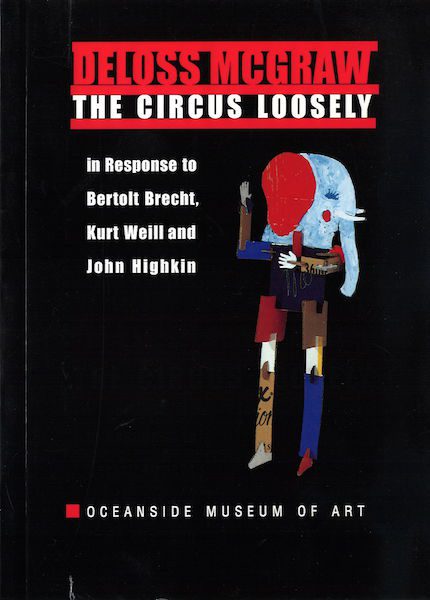
Catalog: Deloss McGraw: The Circus Loosley: in Response to Bertolt Brecht, Kurt Weill and John Highkin
Deloss McGraw, Acrobat (elephant), 2001. Painted corrugated board.
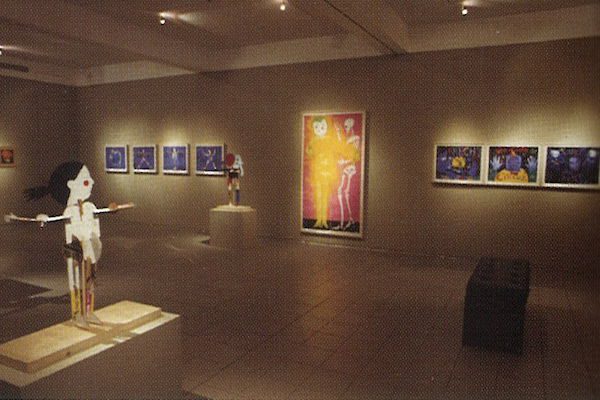
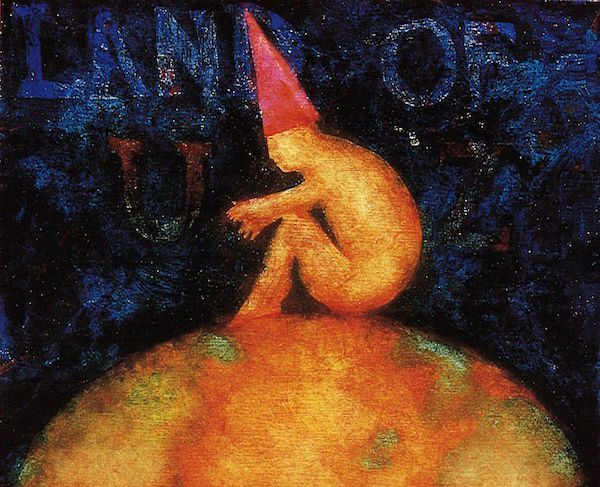
Deloss McGraw, After William Blake's "Book of Job", 2000. Oil and gouache on panel.
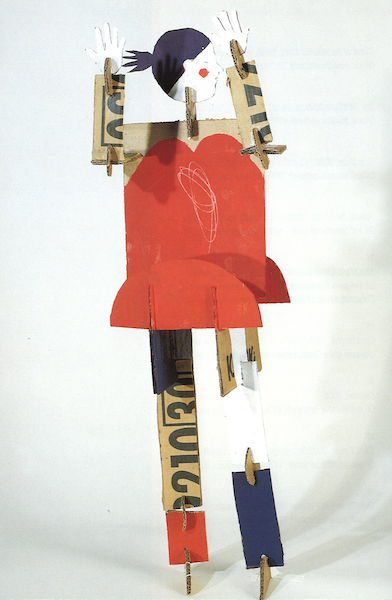
Deloss McGraw, Acrobat (woman little head), 2001. Painted corrugated board.
